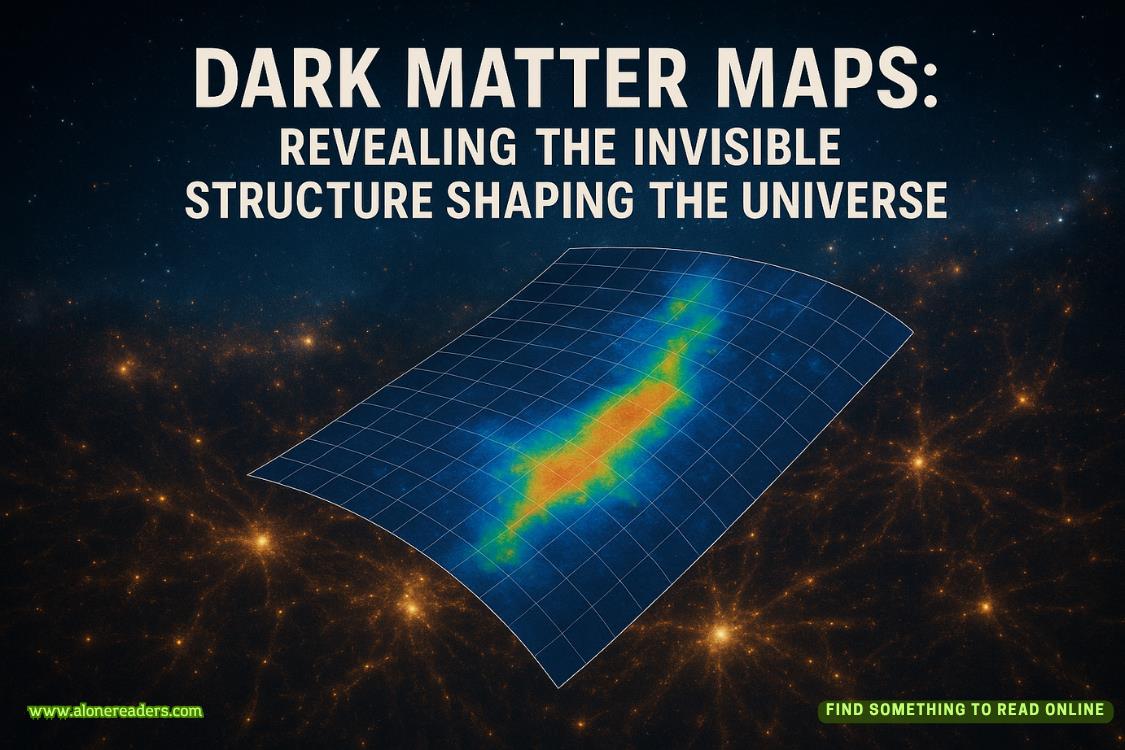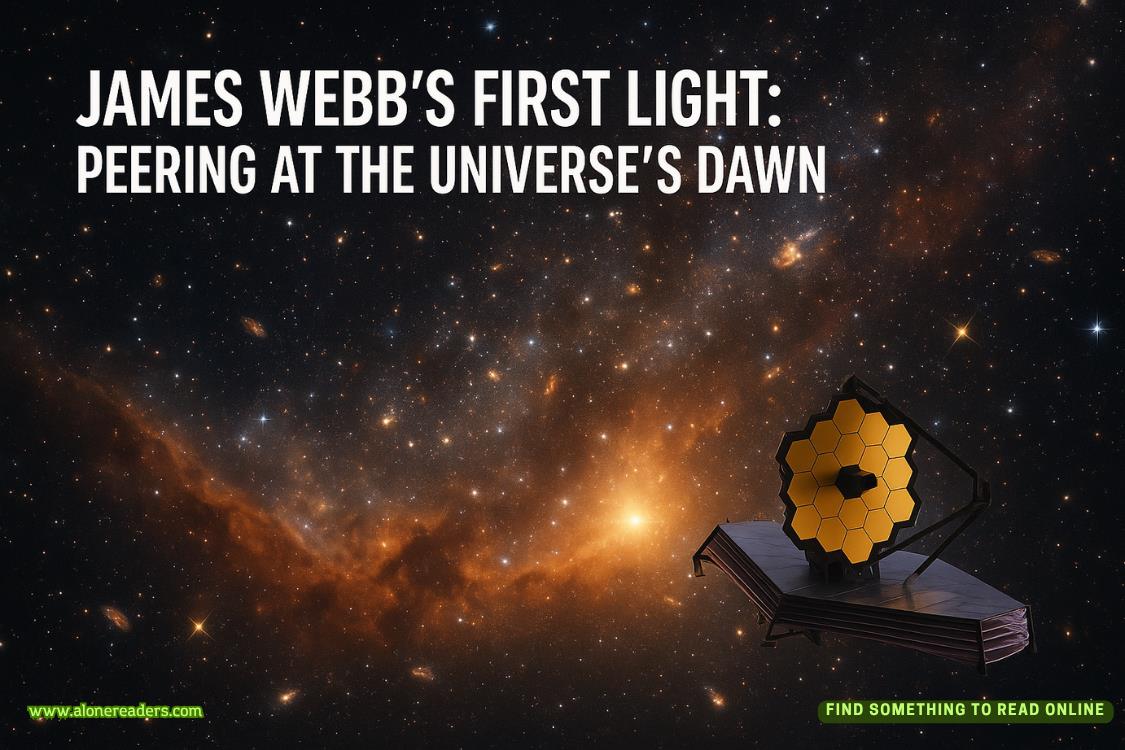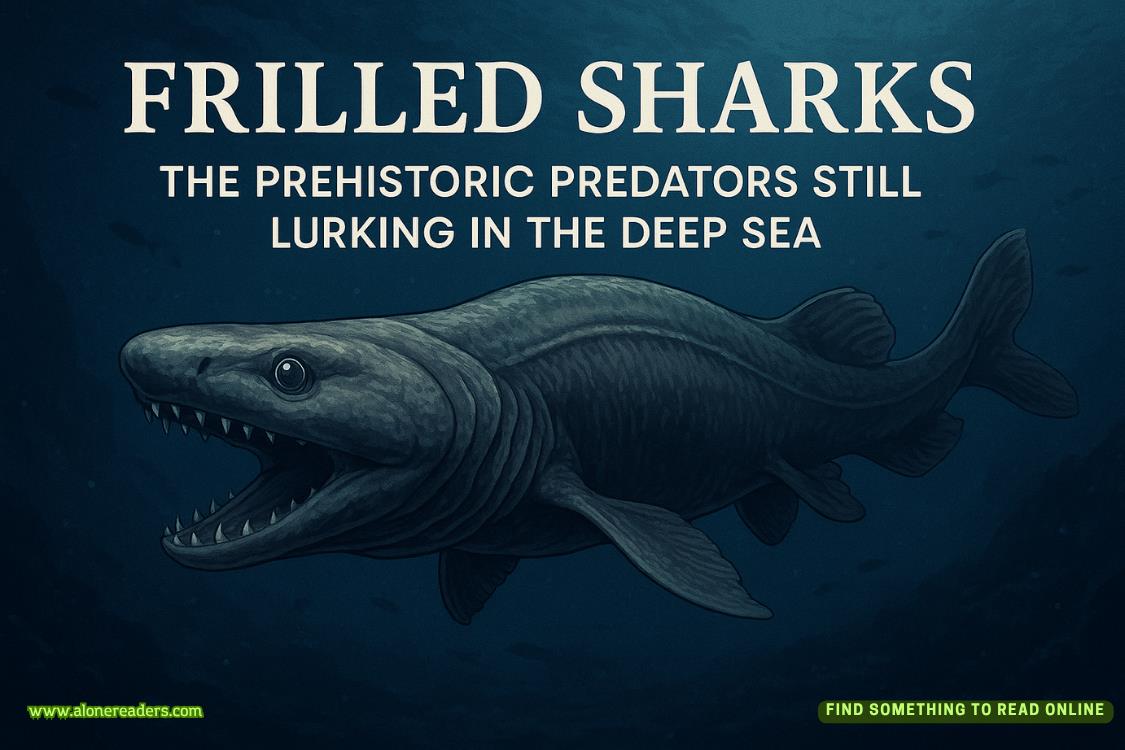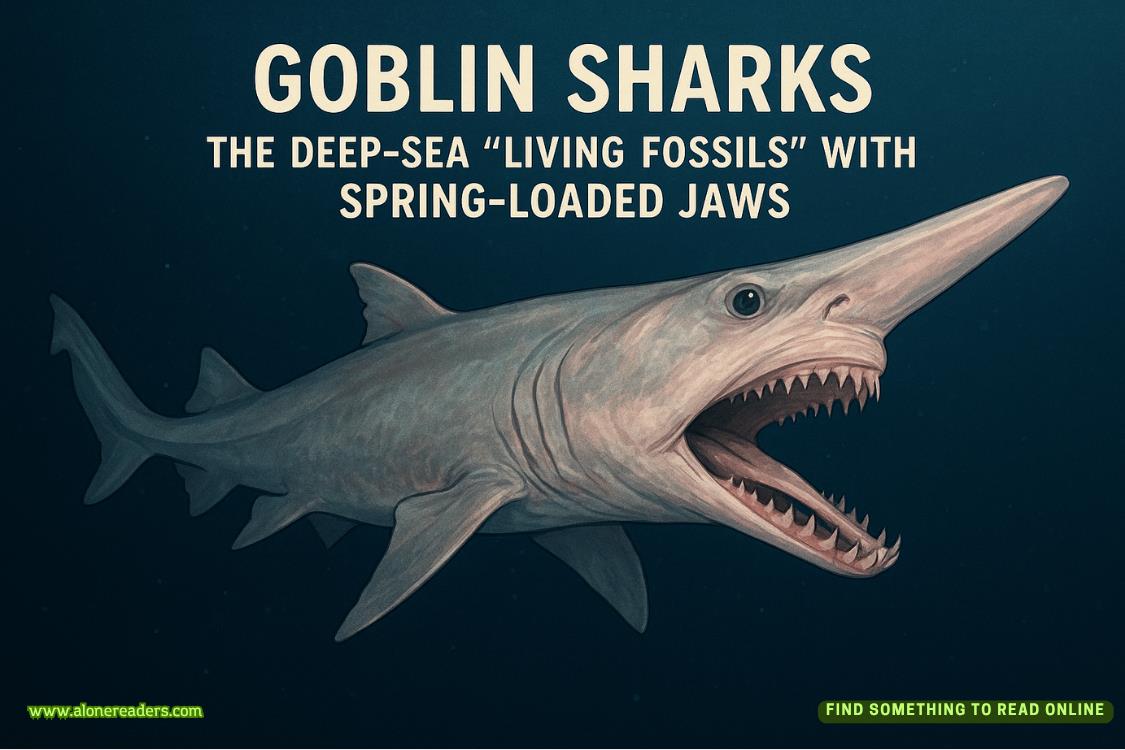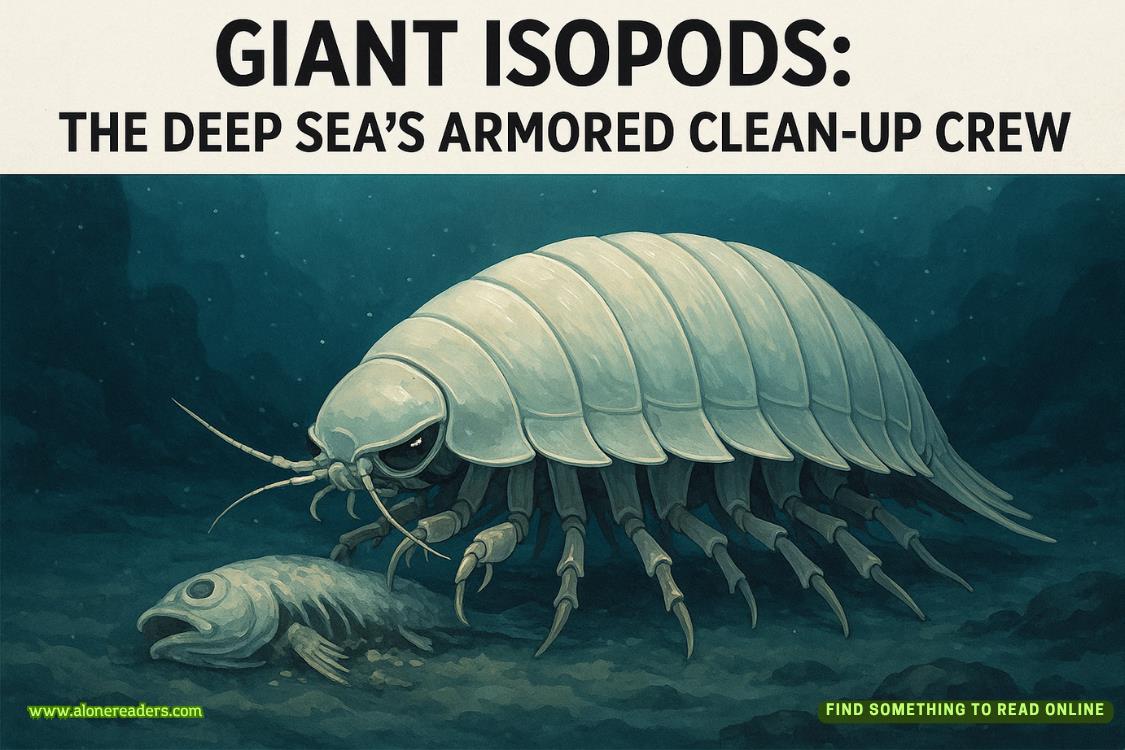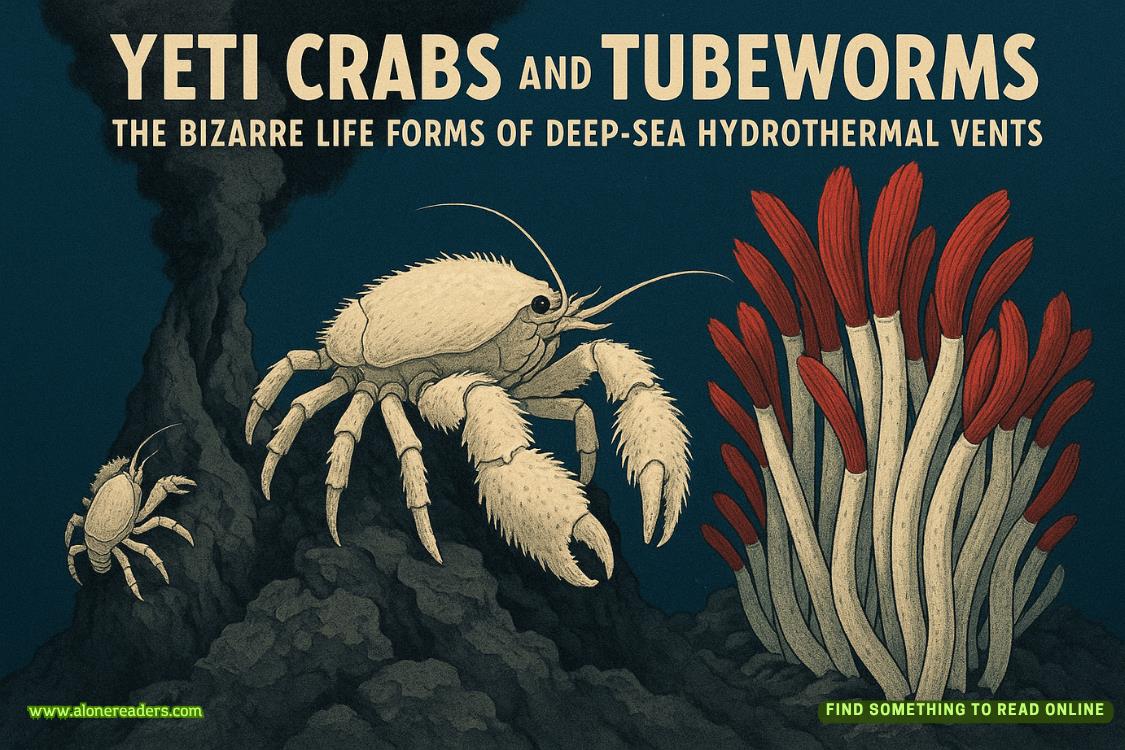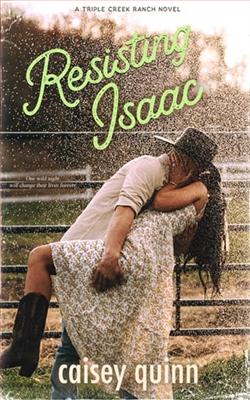Page 71 of Those Empty Eyes
The most interesting offer, however, had come from Lane Phillips, a former bureau colleague who had, indeed, bucked the system to go off on his own. The wild success Lane found in the private sector was the envy of every agent who dreamed of capitalizing on their skills and knowledge to turn their government experience into a lucrative payday. In his heyday Lane Phillips was the FBI’s leading forensic psychologist and criminal profiler. Today’s young guns learned the tricks of the trade from Lane’s PhD dissertation, a lengthy thesis that forensically dissected the mind of a killer and was appropriately titled “Some Choose Darkness.” It was read so widely through the Behavioral Science Unit inside the FBI that the bureau turned Lane’s dissertation into the main training manual and blueprint to help young psychiatrists and psychologists understand the thought process of serial killers.
Lane later turned his exploits into the minds of killers, which was based on his personal interviews of over one hundred serial killers, into a best-selling true-crime memoir. The book sold millions of copies. He followed his best-selling book with a deep and unique dive into studying current and still active serial killers. Lane did this by meticulously analyzing, cataloguing, and archiving grouped murders in the United States. Using his fierce and unrelenting mind, he developed a computer program and progressive algorithm to do this analysis for him. He turned the idea into a private company called the Murder Accountability Project, or MAP, as it was called in the industry. The algorithm proved so proficient at recognizing patterns between previously unrelated homicides that Lane Phillips had been credited with the identification and arrest of dozens of serial killers—formally defined as individuals responsible for the death of three or more victims.
Dr. Phillips’s program became so successful that his services, and the Artificial Intelligence computer algorithm, had been licensed by hundreds of police departments and detective bureaus around the country, as well as implemented into the FBI’s own database of the criminal offense divisions. Lane’s best-selling book had made him comfortably wealthy. The licensing of his computer program that tracked and identified similarities between otherwise unlinked homicides had made him a millionaire many times over.
Lane’s offer for Annette to come work for him and the Murder Accountability Project had been most enticing. She’d have the chance, Lane had told her, to put her snooping skills to better use than discovering that a businessman who decided to run for public office during a midlife crisis had cheated on his taxes and was currently keeping a mistress half his age. Her work at MAP would have real-world impact, Lane had tried to convince her, and he needed her skills badly. But still, leaving the bureau early would disrupt her pension, so Annette had politely declined Lane’s offer. She did, however, agree to reconsider things when she turned fifty-seven and was free to retire from the FBI in good standing.
She kept in regular touch with the profiling savant and picked up her phone now to call him.
“You’ve decided to come work for me,” she heard Lane say in the way of a greeting.
“Not yet,” Annette said. “I have to secure my pension first, remember?”
“I’ll pay you multiple times what the government is paying you.”
“I’m going to hold you to that promise.”
“Please do,” Lane said. “But if you’re not calling about a job, what’s up?”
“Maybe nothing. But I think I’ve got an interesting case.... Well, it’s not even a case, really, or anything I’m formally working on. But it is right up your alley and I need your mind on it.”
“Do tell.”
“You remember the Quinlan family shooting from years ago?”
“No. Tell me about them.”
“A mother, father, and their teenage son were killed in the middle of the night. Mowed down with a shotgun. Gory crime scene, press went wild with it. The seventeen-year-old daughter was found holding the shotgun and the police pinned her for the murders until the investigation fell apart. Some real bad detective work and an overly aggressive DA botched the hell out of the case. This was in McIntosh, Virginia.”
“Sure, I remember that now. The press called the girl Empty Eyes. What was her name?”
“Alexandra Quinlan.”
“That’s it. Then she sued the police department.”
“The state of Virginia, actually. Big defamation case that ended with a huge verdict that awarded the girl millions.”
“Yeah, yeah. I remember now. What’s going on?”
“Long story short, this current thing I’m working on—vetting a big-name judge—crossed my path with hers.”
“With Alexandra Quinlan?”
“Yeah, but she doesn’t go by that name anymore. You don’t need the details, and I’m not at liberty to give them. What I was hoping for was that you’d take a look at the Quinlan family shooting, along with some other leads the girl’s come across over the years, to see if you can pick up on anything useful.”
“Useful how?”
“The murders are still unsolved. They were pinned on the girl, and when that theory blew up, the case went cold. I suspect no one looked too closely at the case after the debacle with Alexandra Quinlan. But the thing is, she never stopped looking herself.”
“The Quinlan girl?”
“Yes. Ten years later, she’s still hard at work trying to figure out who killed her family. She’s the only one looking, and it’s just as much of an injustice today that no one is helping her as it was a decade ago when she was falsely accused. She could use your help, Lane, and I have a feeling you’ll be interested in some of the details she’s managed to turn up.”
“You’re starting to excite me,” Lane said. “You think there’s a serial killing connection to the Quinlan family?”
“I have no idea. That’s your specialty. But only Dr. Lane Phillips could get away with admitting they were excited at the prospect of a serial killer. Look, it’s not my area of expertise, but judging by some of the research Alex has done and some of the names she’s managed to peripherally link to her parents, I think it’s worth your time to take a look. She’s collected all her research and put together a board of the highlights. I took a picture of it, and I want to send it to you. It’ll be enough to get you started. If you find anything interesting, I’m sure I can get my hands on all her other research.”
“Send it,” Lane said. “I’ll take a look and get back to you.”
